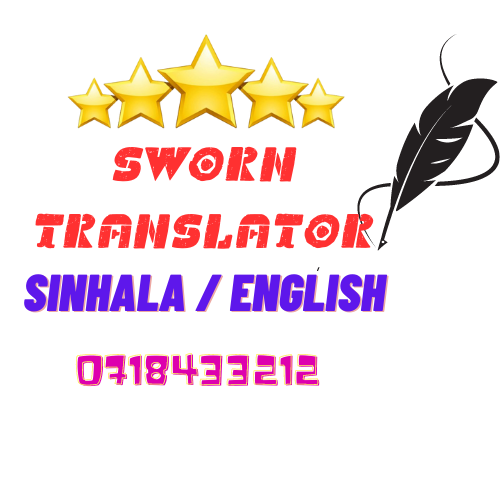Ethical business practices in translation services are of paramount importance in maintaining the integrity, credibility, and professionalism of the industry. As the world becomes increasingly interconnected and businesses expand their global reach, accurate and culturally sensitive translation is essential for effective communication. Ethical considerations guide translation professionals in their interactions with clients, colleagues, and the wider community. Here are some key aspects of ethical business practices in translation services:
Accuracy and Quality: Ensuring the highest level of accuracy in translations is a fundamental ethical principle. Translators have a responsibility to faithfully convey the meaning and intent of the source text, while also adapting it to the target culture and language. Rigorous proofreading, editing, and quality control processes help maintain translation accuracy.
Cultural Sensitivity: Ethical translators recognize the importance of cultural nuances and context. They strive to produce translations that respect the cultural norms, values, and sensitivities of the target audience. A culturally sensitive approach helps prevent misunderstandings and misinterpretations.
Confidentiality: Translators often deal with sensitive and confidential information. Respecting client confidentiality and maintaining the security of the content they handle is a crucial ethical obligation. Translators should have clear agreements in place to protect client data and information.
Honesty and Transparency: Ethical translators are transparent about their qualifications, expertise, and any potential conflicts of interest. They provide accurate estimates of project timelines, costs, and potential challenges. Honesty fosters trust and long-term client relationships.
Continuing Professional Development: Ethical translators are committed to ongoing learning and professional development. They stay updated on industry trends, language developments, and specialized terminology. Continuous improvement enhances the quality of their translations.
Respecting Client Preferences: Ethical translators take into account client preferences, style guides, and specific requirements. They engage in open communication to clarify expectations and address any concerns throughout the project.
Fair Pricing and Compensation: Ethical translation professionals offer fair and competitive pricing for their services, reflecting the complexity of the task, the languages involved, and the specific requirements of the project. Fair compensation ensures sustainable business practices and maintains industry standards.
Collaboration and Professionalism: Ethical translators collaborate with other language professionals, such as editors, proofreaders, and localization experts, when necessary. They also maintain professionalism in their interactions with clients, colleagues, and other stakeholders, fostering a positive reputation for the industry.
Social Responsibility: Ethical translation businesses may engage in social initiatives, such as providing pro bono services for charitable organizations or supporting community language initiatives. Contributing positively to society showcases a commitment to ethical values beyond financial gain.
In conclusion, ethical business practices in translation services revolve around accuracy, cultural sensitivity, confidentiality, honesty, professionalism, and a commitment to continuous improvement. Upholding these principles not only benefits clients and translation professionals but also contributes to the overall advancement and credibility of the translation industry.



